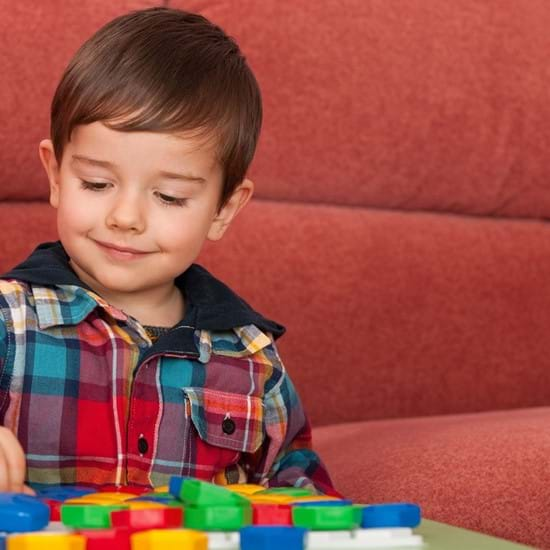
The Newborn’s 8 Reflexes

Written by: Isabelle Lessard
Have you ever noticed that when they are startled by a loud noise, newborns tend to extend their arms and legs? This completely natural defensive reaction, called the Moro reflex, disappears around the time baby turns 3 months old. This is one of the many things your pediatrician will evaluate to assess your baby’s neurological development during your little one’s checkups.
Newborns display reflexes that are essential to adapt to their environment outside the womb. Experts have determined that there are around 27 primitive reflexes, but here is a description of the main ones, which usually disappear when baby is 4 to 6 months old.
- Suck reflex: This primitive instinct is stimulated when the roof of baby’s mouth is touched, sending a signal to suckle, usually the mother’s breast. Instinct is usually quick to kick in as babies will associate this reflex with warm milk!
- Swim reflex: The swim reflex is fascinating; babies instinctively hold their breath and control their movements when placed in water. However, this reflex disappears very quickly so extreme vigilance is a must around pools!
- Walking reflex: It’s always impressive to witness this reflex. If you hold your infant in an upright position barefoot on a table or on the ground, baby doesn’t waste time trying to take a first step! This display always leaves proud parents convinced their child will be an early walker!
- Babinski’s reflex: This reflex is probably the most adorable of the bunch: if you gently stroke the sole of your baby’s foot, his or her little toes will spread, just like this!
- Darwin’s reflex: This is known as the grasp reflex. Whenever something tickles the inside of their hands, babies instinctively close their fingers around it. It’s actually the same technique baby monkeys use to hang on to their mothers!
- Tonic neck reflex: This is the fencing position babies take when they are laid on their back. You’ll notice that they extend their arm and leg on one side, while on the other side their little arm and leg are slightly bent.
- Root reflex: You can see this reflex for up to 9 months. Basically, when their cheek is stroked gently, babies will instinctively turn their heads toward the touch and open their mouths. It’s certainly a very useful instinct when the newborn is placed on mommy’s belly for the first time: baby instinctively knows where the next meal is!
Why are these newborn reflexes important?
So why do babies have all these reflexes only to lose them a few months after they are born? Simply to give the brain sufficient time to develop enough to be able to do all this voluntarily.
These primitive reflexes are different from adaptive reflexes such as blinking, yawning (felt like yawning when you read this?) or dilating our pupils when it gets dark, which we keep for life. Impressive, isn’t it?
Source: Psychologie du développement humain, Diane E. Papalia, Ruth D. Feldman, Chenelière Éducation, 2014.


